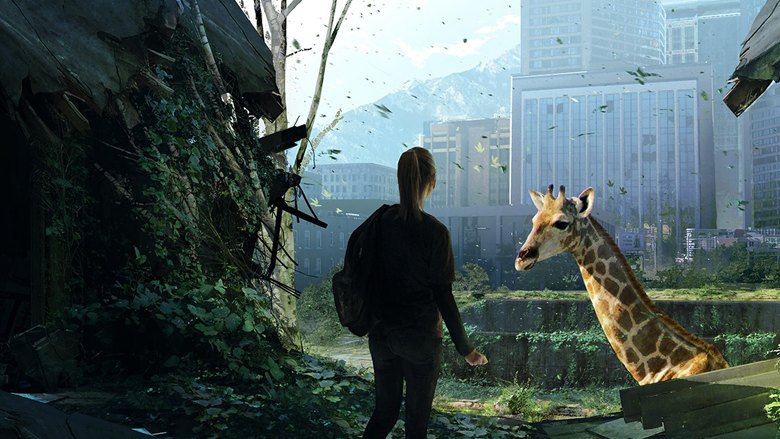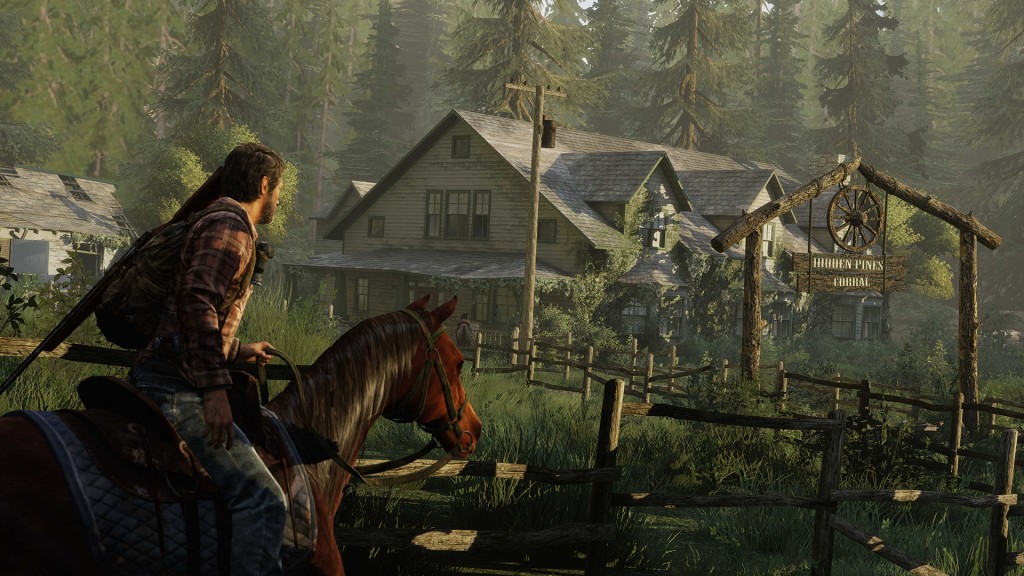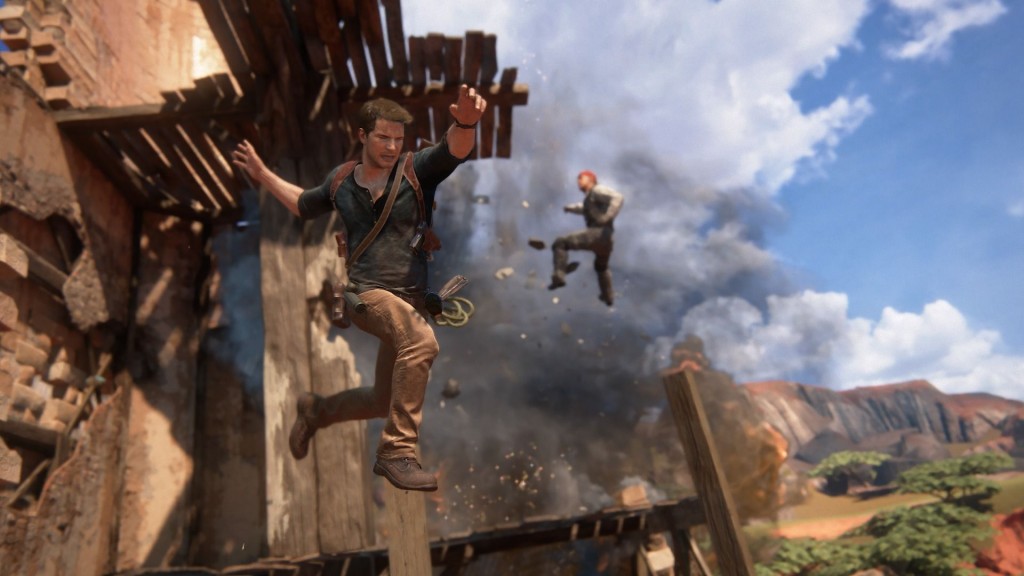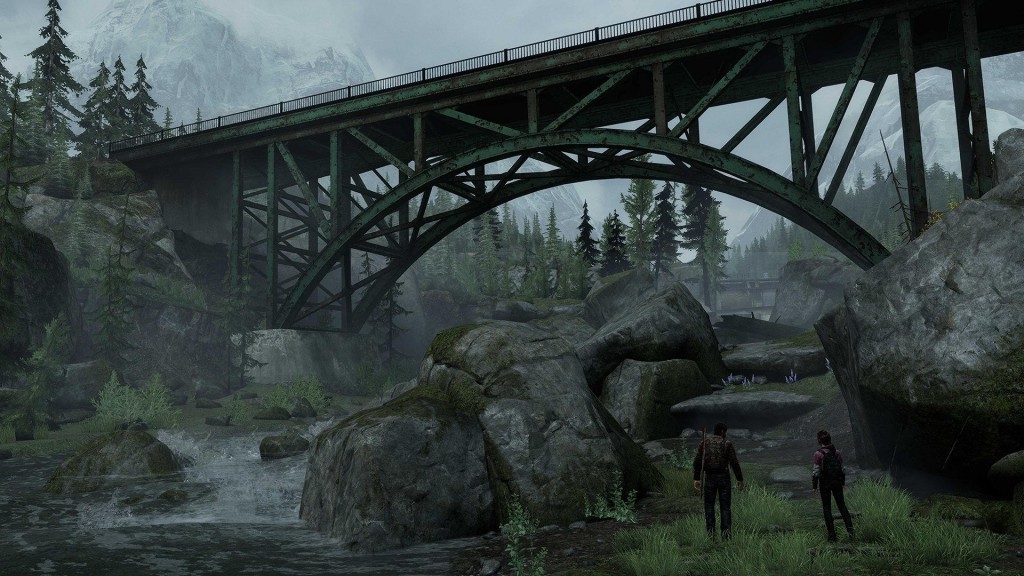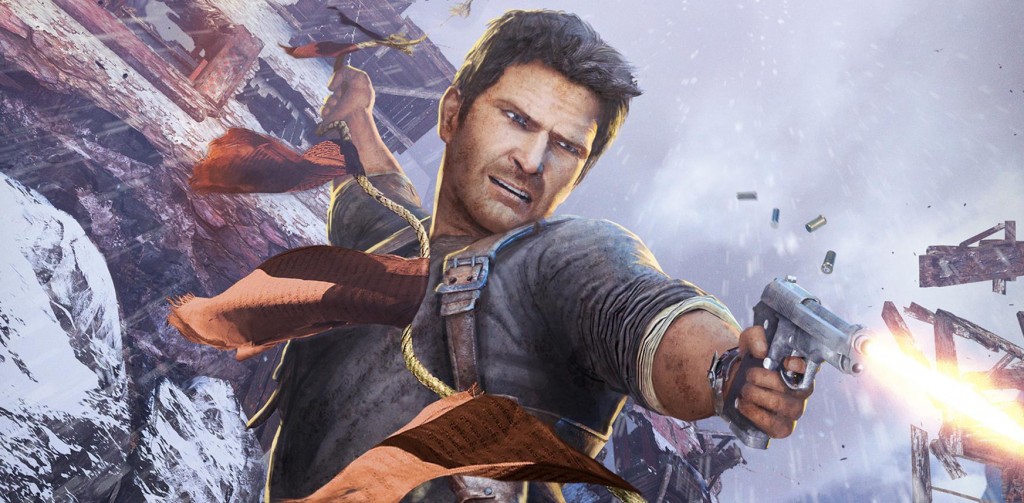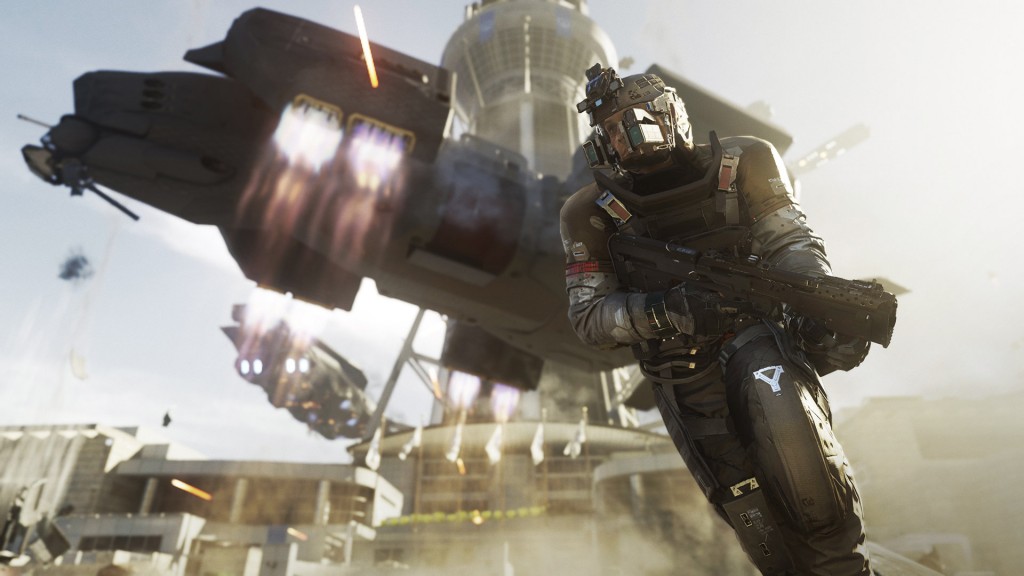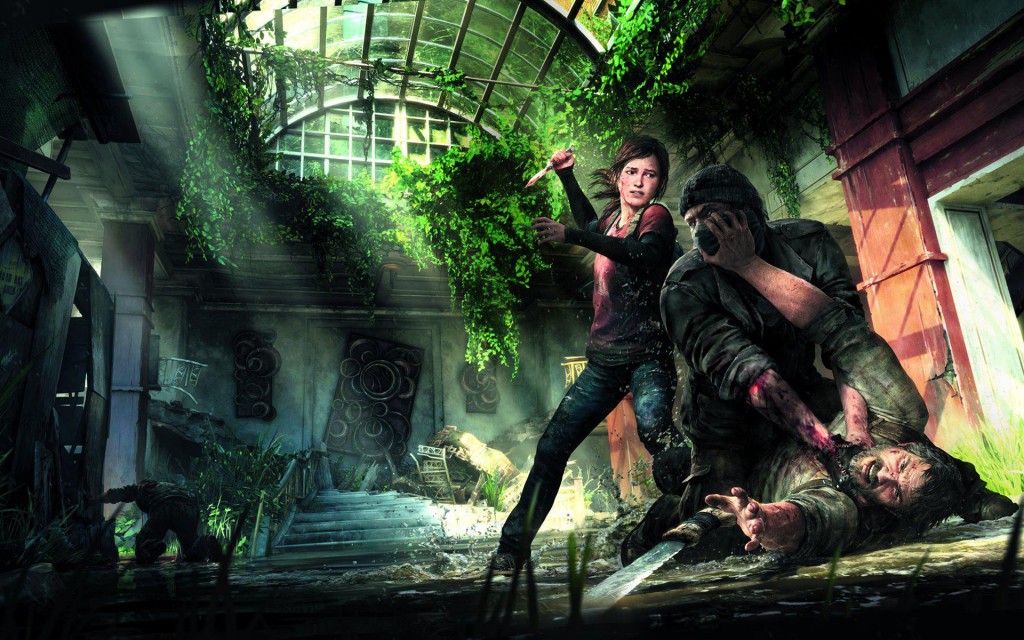Benson Russell, (Benson Russell) the author of many high-profile projects, including the upcoming shooter Call of Duty: Infinite Warfare from Infinity Ward, told the resource 80.lv about what tasks the game designer faces, and gave advice on how to make the game interesting. Translated the text. We share.
Preface
I mainly work as a game designer/scriptwriter and specialize in gameplay and system design. My very first job was as a call center operator in Illinois. I was engaged in the support of TurboGrafx-16 consoles from NEC (it was long before the advent of the Internet). In fact, it was a hotline where you could call and find out a cheat code or get help. In addition, we tested the upcoming games. As a developer, I started by helping to found the company in 2015. Our biggest project was the game Medal of Honor: Allied Assault for PC, in which, among other things, I created a level with the landing of allies on Omaha Beach. After that, I started working at Ritual Entertainment, where we prepared for the release of Star Trek Elite Force 2 for PC. From there I went to EA Los Angeles to work on several games from the Medal of Honor series (Pacific Assault, European Assault and Airborne). That’s where I first started creating games for consoles. After that, I moved to Naughty Dog, where I stayed the longest. There I worked on the entire Uncharted series (except for the PSP version), and in addition, on The Last Of Us and Left Behind. I am currently working at Infinity Ward on Call of Duty: Infinite Warfare, which will be released in November this year.
Game designer tasks
In different companies, there is a different understanding of what a game designer does. At the same time, the profession itself is becoming more and more highly specialized. In a broad sense, the designer is the one who makes the game interesting. Usually, designers think through the gameplay, create mechanics and systems, and configure / change the game so that everything works as it should. If we talk about specific responsibilities, game designers, as a rule, are divided into two categories: level designers (they focus more on spatial elements and how they interact with gameplay) and scriptwriters (they specialize in applying logic and high-level code in gameplay). In some studios, these roles are played by different people, in others, the same person performs these duties, or even a combination of these two options is possible. Depending on what the game requires and what style it has, specialization can be even narrower (for example, a designer of a fighting game, a designer of puzzles, a designer of combat systems, and so on). But regardless of the genre, it is usually the game designer who brings the game to a common denominator. In addition, it is the responsibility of the game designer to collect feedback, observe how the focus tests are going, and make adjustments to the design in order to achieve perfection. This means that it would be nice for a game designer to be thick-skinned, since it is he who will have to deal with both the positive reaction of users to the game and the negative one.
How to create a unique gameplay
To come up with something new in the gameplay, you can be inspired by anything. For example, you see a scene in a movie and take a new mechanic from there. But personally, I think that the best results are given by such methods that allow you to analyze for a long time and quickly change the result.
One of the traits of a good designer is the ability to analyze and critically relate to what he is playing. To understand what you feel at a certain moment, to try to get to the bottom of what caused the emotion is a laborious task. It’s usually not difficult to understand that you’re having fun. But to take this understanding to a new level, you will have to work hard. It’s very easy to just say, “Yes, it’s fun” and play on. But it is necessary to analyze exactly what you feel in order to understand whether there is even the slightest hint of negative emotions. Usually, if you track these emotions and analyze where they came from, then this is what helps to improve the game.
Iterations and the opportunity to try different ideas, if time permits, are another way to make the gameplay awesome. It’s easy to fall into the trap of constantly theorizing and analyzing what “could have been.” But if the idea can be quickly tested in the game, and there is enough time, then it’s better to do so! The only way to understand whether the plan turned out or not is to test it in practice. Plus, as a result, as a rule, new ideas appear, which in the end can give new mechanics or improve existing ones.
How to test the mechanics
Lots and lots of iterations, analysis and focus tests! You take successful finds and in general everything that works as it should, and taking into account the available time, you hone it until you achieve perfection. In other words, you achieve the maximum fan. But not to the detriment of everything else.
If we talk about the action, what exactly are the things that are important to remember when developing an action game?
The first thing I would think about is the style of the game. After that, I would have already begun to adjust the shooting mechanics to the style (and, of course, I would have tried to make it all interesting and addictive in the first place). For example, a fast-reaction shooter like Doom is very different from a slow and methodical game like Metal Gear Solid. I would also think about what the plot context of the game is. For a game like Overwatch, you can invent crazy things that defy common sense. Compare this to something more mundane, like The Last Of Us. The tone of the game plays an important role in the feeling that you want to evoke in the player. In The Last Of Us, we wanted the weapon to look very powerful and dangerous, so that it felt like it was hurting and destroying objects. This was done in order to emphasize the severity and cruelty of the game world, and also to ensure that the player appreciated every shot, since ammunition in the game was limited.
It is important to note that when it comes to the mechanics of shooting, it should not be limited only to the use of weapons /equipment. We also need to think about all the systems with which these weapons will interact. You can’t just limit yourself to excellent and responsive controls, but leave the terrible sound and visual effects and animation and calm down on this. In order for the player to be satisfied, you need a complete set: responsive controls, special effects for weapons, soundtrack, weapon animation, recoil animation, tracer bullets, special effects for bullets colliding with objects and with the environment, animation of impact and death of characters.
To develop a fight with the enemy, there is one great approach. It was used by Bruce Straley when we worked together at Naughty Dog. Imagine a ball with spikes chasing a player. We came to the conclusion that the most interesting opponents are those that make the player think about the game space and move around them. Based on this, what is a ball with spikes? It can be something simple, like a grenade, so that the player gets out of hiding, or enemies that attack from different sides, or some specific type of enemy, for example, a slow-moving tank, or a threat from the environment, such as an exploding barrel, or even a fully prescribed sequence of events, such as a collapsing buildings. The goal is to make the player move his brain and treat the fight with the enemy as a kind of puzzle.
Ideally, fights with enemies should support the plot of the game – this way the player will be more emotionally involved. For example, if everything is bad according to the plot of the hero, then you need to come up with such a fight so that the player feels it. The hero is desperate, confused, forced to flee, maybe something is bothering him – that’s what you need to pay attention to at such moments. You can also add a setting here – for example, a fight in the rain or in the dark, so that there is a feeling of something sinister, depressing. Add the environment and visual design to the equation, you can even introduce some kind of threat from the outside – all this can give the effect of additional immersion.
Finally, when it comes to engaging and entertaining the player, diversity and step-by-step advancement play a very important role. It doesn’t matter how interesting a fight with an opponent you have come up with – if a player has to do the same thing over and over again, he will quickly get bored. That is, you need to figure out how to add variety to the battles and how not to dump all the content on the player at once. Here are a few ways to create diversity: focus on one specific type of opponents (for example, snipers), create an environment so that the player gets a variety of tasks (cramped rooms, spacious, smoky or poorly lit, with a variety of dangers to avoid, exotic and visually unique, and so on), create unusual conditions for a fight (on the roof of a train at full speed or surrounded by a moving convoy. But here you need to be careful, because such scenes are very expensive to do). Or give the player a unique weapon (think up, for example, a fight between snipers or make them shoot a grenade launcher at moving targets).
Motivation and punishment
I like to start by evaluating the mechanics or thinking about them. Then I will examine them for what can be removed from them or added to them in order to change them. What should I add to make the mechanics more difficult? How to strengthen it or vice versa to weaken it? What can I do to make it even more interesting? How do we balance the mechanics with everything else we want to add to the game? How will this mechanics interact with other systems and mechanics? How to come up with a progress system for the player based on all these ideas?
The answers to all these questions will help to create a prototype of the game. After that, you can start setting up motivation/punishment to create a game cycle. If the cycle turned out to be strong, then it will motivate the player to go further, and we will come up with new and new, increasingly complex tasks. In order not to miss the fan among all this, you will need a lot of attempts and focus tests.
Arcade elements, tasks where you need to get an achievement, and all this falls under the requirement that I have already mentioned. It is necessary that they be as interesting as possible. Plus, I think that how you can (if at all) use these elements is dictated by the tone and style of the game. If you want to put these elements in something like The Last Of Us, then you need to disguise them so as not to disrupt the atmosphere of the game. But if you have such a hooligan fast shooter in the arcade style, then you can just put tasks like “kill so many enemies with such and such weapons” there, and they will be perfect!
The Council
Lots and lots of iterations and focus tests. Let others play your game and see what they will do (be silent and do not prompt). And it will also be useful to realize that your eye has been blurred for a long time, and try to pass the game as if you are seeing it for the first time. I can’t tell you how many times those moments that seemed obvious or simple to me have baffled focus testers!
Source: 80.lv

